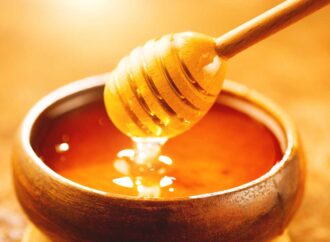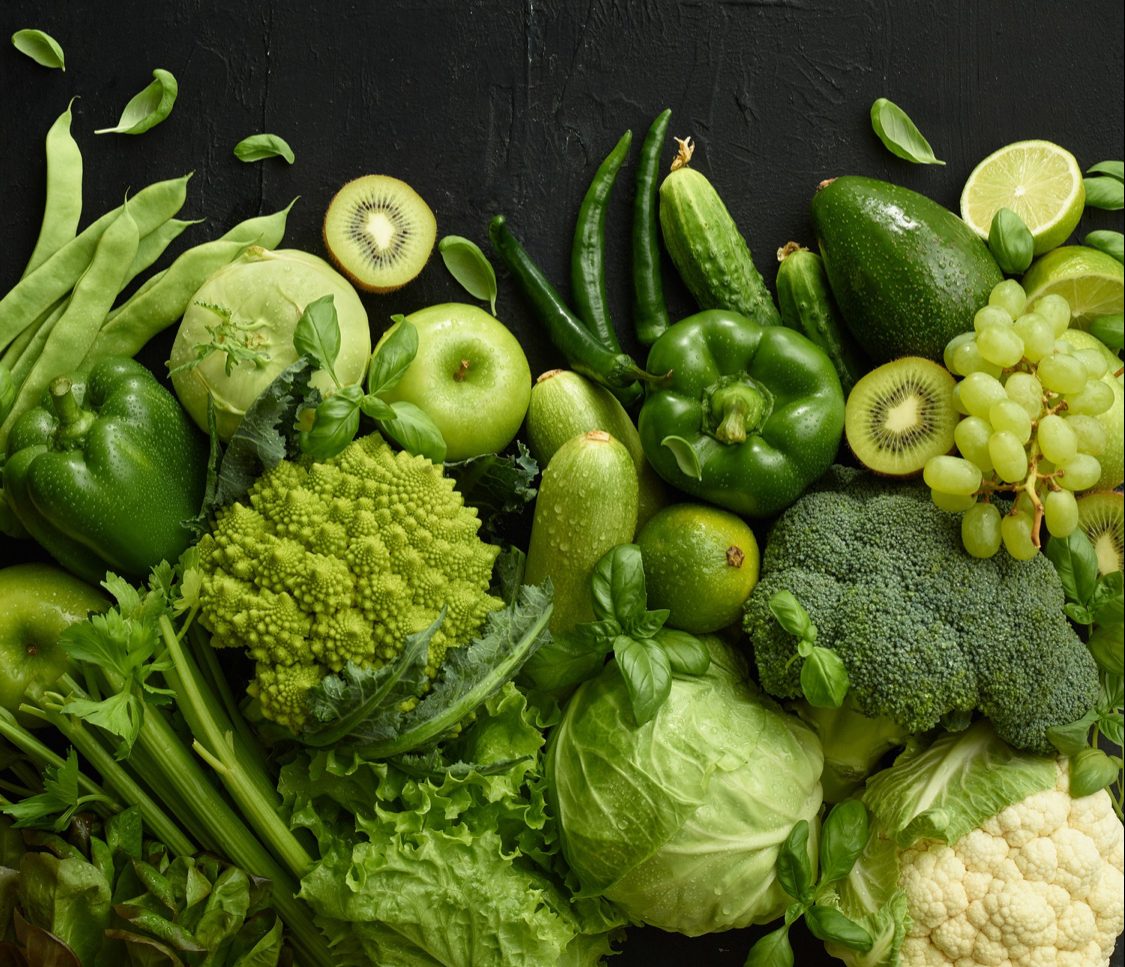What is Corn Syrup?
Corn syrup is a common sweetener that is obtained by the breaking down of cornstarch either by heating it with a diluted acid or an enzyme. There are mainly two types of corn syrup:
- Light corn syrup: It is lighter in texture, moderately sweet, and seasoned with vanilla and salt.
- Dark corn syrup: It is darker and brownish, or caramel textured. This texture is achieved through the addition of molasses to the corn syrup. It is thicker in texture and sweeter than light corn syrup.
Commercial Corn Syrup
The commercially used corn syrup is called High Fructose Corn Syrup (HFCS) and is different from that found in grocery stores. It is obtained by the addition of D-xylose isomerase enzyme to the cornstarch. The addition of the isomerase enzyme converts the glucose in corn starch into fructose.
Corn Syrup is used in the production of several grocery items, including baked goods like pastries, biscuits, bread, and cookies; jams and jellies; beverages like soft drinks and fruit juices; and flavoured yoghurts, milk, and ice cream. Some other food items which contain HFCS are sauces, condiments, cereals, and canned and ready-to-eat foods. So we see that a lot of processed foods contain HFCS because it not only acts as a sweetening agent but also as a preservative—HFCS acts as a humectant (an agent which helps retain the moisture in packaged food and prevents it from drying out).
How does High Fructose Corn Syrup affect our Health?

Effects of HFCS on the human body
Too much sugar in our diet is harmful to the body. The high fructose content in HFCS also has several harmful effects on our bodies. HFCS can harm the body in the following ways :
- The high fructose content in HFCS adds an unnatural amount of fructose to the diet. Fructose in small amounts is useful for the body (usually obtained from fruits and vegetables). Excess fructose, on the other hand, is linked to a variety of health issues, including unhealthy weight gain and diabetes.
- The high amount of fructose is dangerous for the liver. The fructose in our diet is broken down in the liver cells. Therefore, an excess amount of fructose leads to an accumulation of fat in the liver and can cause serious health problems such as fatty liver disease and type 2 diabetes. In some cases, it can also cause liver cirrhosis.
- Excess fructose in the diet also triggers the production of triglycerides and cholesterol, which lead to various cardiovascular diseases.
- Studies have shown that a high amount of fructose in the diet is also responsible for an increase in appetite, leading to obesity, which in turn can lead to several serious health issues like hypertension, gallbladder diseases, coronary heart disease, and osteoarthritis.
- Studies have also shown that HFCS manufactured in the US contains a trace amount of mercury. Mercury is a toxic metal, and mercury poisoning can lead to serious neurological issues.
- Apart from a large number of health issues, studies have shown that HFCS also affects the environment. It has been seen that HFCS also affects bees. HFCS is fed to bees by commercial beekeepers as an alternative to the naturally occurring sucrose, and this, in turn, has been proven to be toxic to bees.
Conclusion
Over time, the affordability and availability of HFCS have made it a popular and common sweetening agent in the food industry. However, the consumption of HFCS can cause many serious health issues, as discussed above. A simple way to avoid excess HFCS in our diet is by looking at the ingredients that make up the store-bought food. It is important to read the labels on the store’s processed foods. Avoiding these types of food items with large amounts of HFCS can be effective in reducing the consumption of excess sugar, paving the way for a healthier life.
 Food Manifest
Food Manifest 



















Leave a Comment
Your email address will not be published. Required fields are marked with *